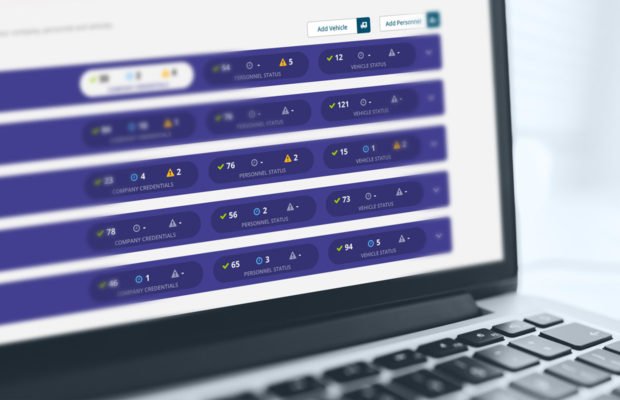How To Fast-Track The Credentialing Process With Software Applications

Credentialing is the process used to gather and verify information pertaining to a prospective healthcare provider. This information includes disciplinary history, professional qualifications, education, references, and licenses. The main purpose of credentialing is to enhance the safety of patients. It ensures that patients receive expert care from professional health providers.
Electronic credentialing is a good alternative to the traditional method of recruiting and hiring. Recruiting and hiring is tedious, time-consuming, and can be overwhelming. In contrast, use of digital credentialing provides a faster, more efficient process. Such a centralized credentialing process makes it easy for recruiters to make changes to the database regarding any particular healthcare provider. Therefore, it is a universal requirement for organizations that hire practitioners.
The credentialing process varies depending on the scope and size of the firm. Granted, it can be complex and daunting if not handled well. So, what is the best way to handle it? Here are the key tips to help you manage credentials of potential hires.
Tip 1: Paper Credentialing Is Obsolete
With the advent of digital technology, the paper has outlived its usefulness as a tool of data collection. It is now outdated to file keep notes on paper and file medical credentials on paper. The modern credentialing department understands that keeping heaps of paper on your desk is not the solution to getting it right. Instead, they know that digital credentialing application can be sent online. The electronic verification process is fast, easy to access, and provides more convenient information than paper filing.
Tip 2: Organization Is Important
Success in the credentialing process lies in being organized. The department should make it easy to track the process. Electronic credentialing help firms achieve this quite easily. It is efficient, and you are not likely to skip any step in the credentialing process. With the use of this technology, you will be able to update, track and organize the credentials effortlessly.
Tip 3: Keep Things Easy
Using the manual method of credentialing it time-consuming and takes a lot of effort. This makes it prone to being inefficient. On the other hand, electronic credentialing makes it very easy for you to track down the provider credentials. This helps you to cut down on the time, effort and resources required to do the administrative work of the credentialing process. Such is the power of technology.
Tip 4: Do Not Bury Your Head In The Sand
For years, the health sector has dreaded the credentialing process. This is understandable, considering a headache associated with the manual credentialing process. However, you cannot avoid the process forever. Neither can you wish it away. The solution lies in applying technology in the process. The adoption of electronic credentialing makes it easy for administrators and physicians to launch the credentialing process with just a few clicks of the mouse.
Do not run away from the credentialing process. No matter how much you avoid it, you will still need to go through the process when you want to remain compliant. You can outsource from a competent physician credentialing software solutions provider to help you tackle this matter efficiently.
Electronic credentialing process alerts you when an employee is almost non-compliant. This is because the system integrates recruiting, skill and compliance management to give you complete data that is actionable.
In addition, such a cloud-based system enables you to streamline payroll, invoicing, scheduling, credential and compliance management. This helps you to save time, money and the amount of administrative work in your healthcare firm. As such, your personnel will have more time to focus on better care of your patients. With all these benefits, it is time you considered dumping paper credentialing for the more advanced electronic credentialing.










 © 2024
© 2024
0 comments